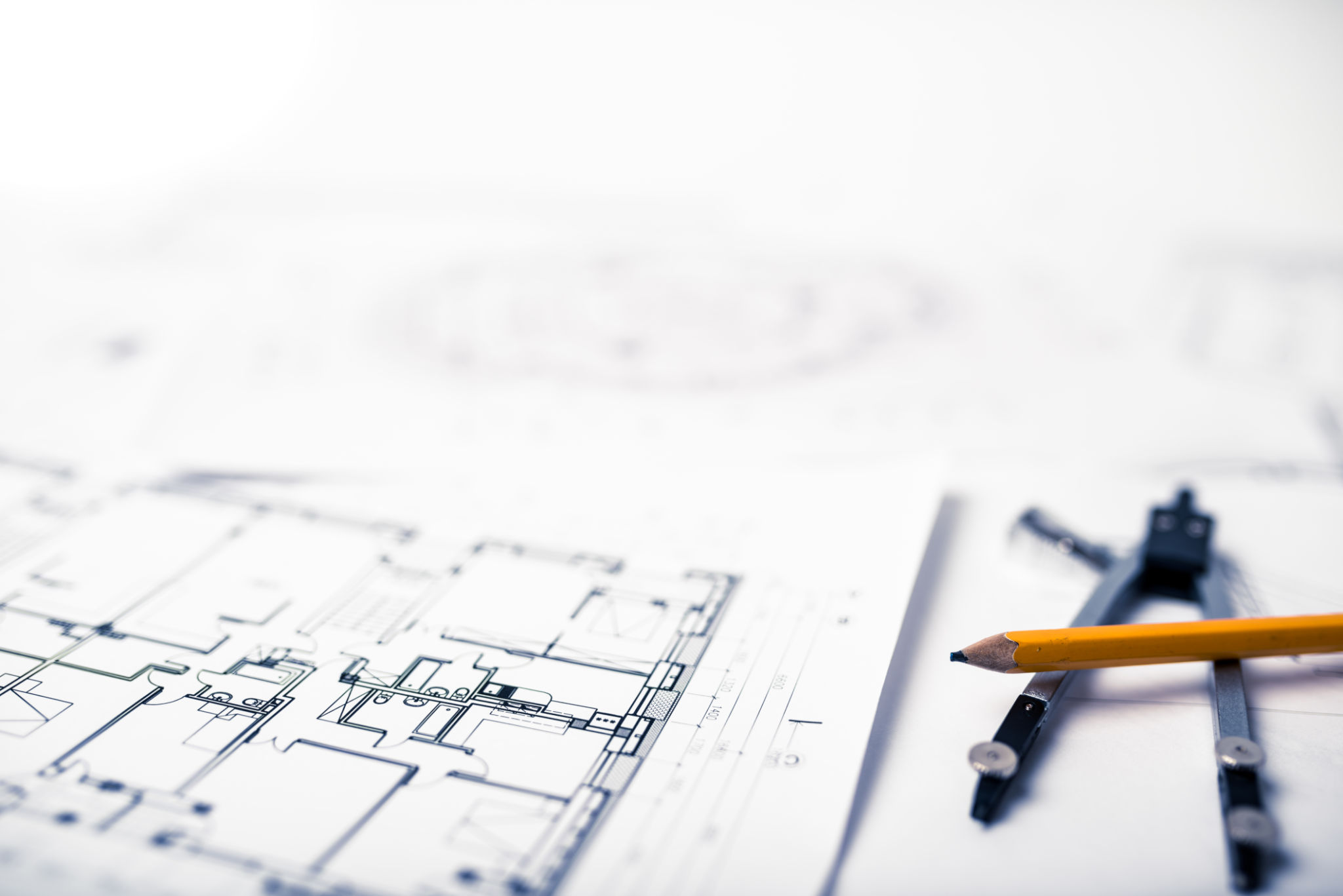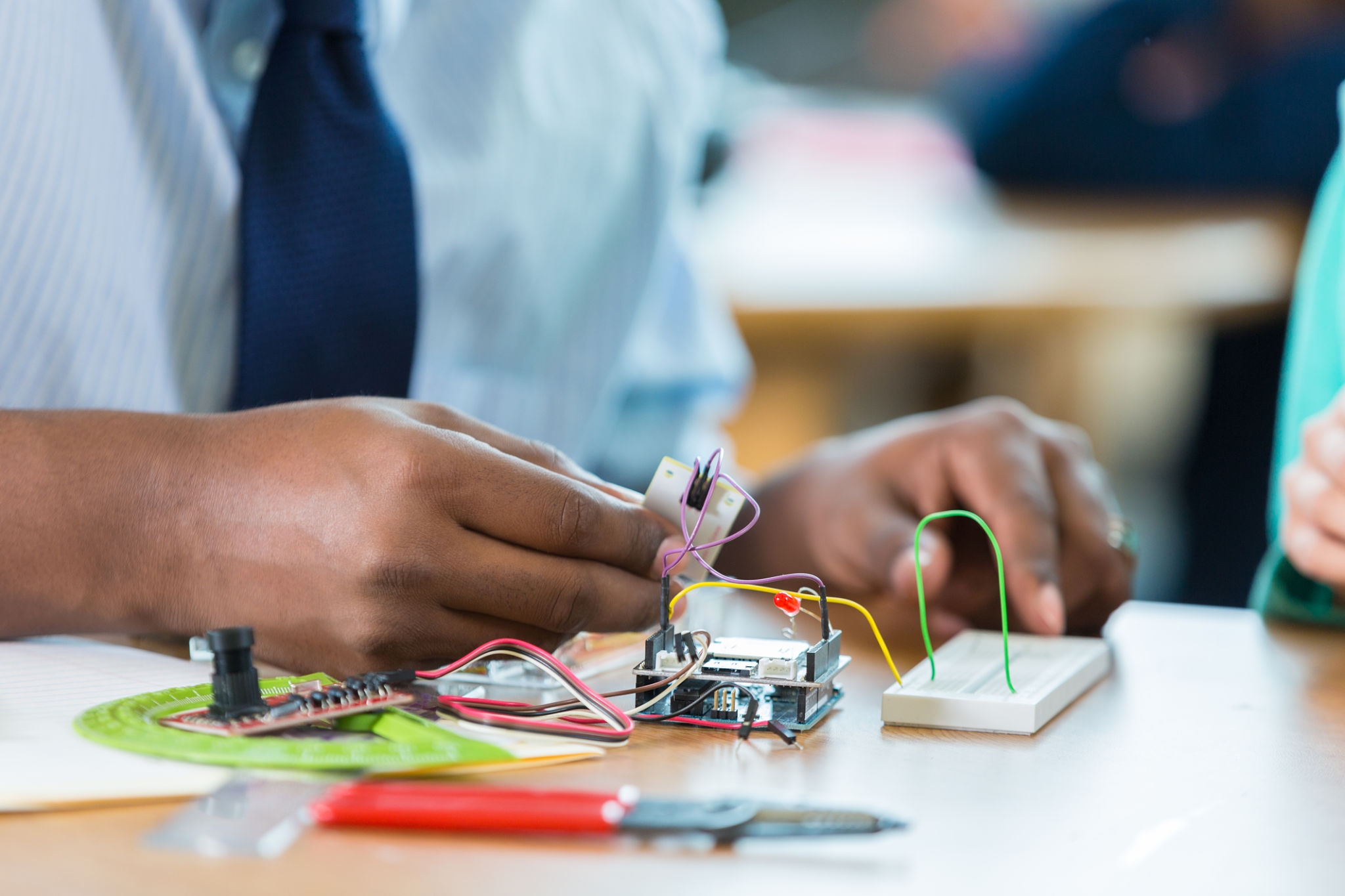DIY Tips for Basic Engineering Projects: What You Can Do Yourself
Da
Understanding Basic Engineering Concepts
If you've ever wanted to try your hand at engineering projects, you're in luck. Many basic engineering concepts can be explored through DIY projects. Before diving in, it's essential to understand some foundational concepts such as force, motion, and energy. These principles will guide you as you design and build your projects.
Engineering is about problem-solving and creativity. It's a field that combines science and math to create solutions for real-world problems. By starting with basic projects, you can gain hands-on experience and develop a deeper understanding of how things work.

Gathering the Right Tools and Materials
Before starting any DIY engineering project, it's crucial to have the right tools and materials. For most basic projects, you'll need a set of screwdrivers, a hammer, pliers, and a measuring tape. Depending on what you're building, you might also require specialized tools like a soldering iron or a multimeter.
As for materials, many projects can be accomplished using items you already have at home, such as cardboard, plastic bottles, or old electronics. If you need specific materials, local hardware stores or online suppliers are great resources. Remember to always prioritize safety by using protective gear like gloves and goggles.
Building Simple Machines
One of the best ways to start with DIY engineering is by building simple machines. These include levers, pulleys, and inclined planes. Such projects can help you understand mechanical advantage and efficiency. For instance, creating a basic pulley system can demonstrate how force can be distributed to lift heavy objects.

Project Idea: Building a Lever
To build a lever, all you'll need is a sturdy plank and a fulcrum point like a block or cylinder. Experiment by adjusting the position of the fulcrum to see how it affects the ease of lifting an object. This exercise will give you insight into the principles of leverage and balance.
Circuits and Electronics
Dipping your toes into electronics can be both exciting and rewarding. Simple projects like building a basic circuit with a battery, switch, and light bulb can teach you about current flow and connectivity. As you progress, try incorporating more components like resistors and capacitors to understand their roles in circuits.
There are numerous kits available for beginners that include all the necessary components for building small electronic projects. These kits often come with instructions that provide step-by-step guidance, making it easier for novices to learn.

Project Idea: Creating a Simple LED Circuit
A straightforward project is to create an LED circuit. You'll need an LED light, a battery, and a resistor to prevent the LED from burning out. Connecting these elements correctly will allow you to see how electricity flows through the circuit to power the light.
Troubleshooting and Problem Solving
As with any DIY project, troubleshooting is an integral part of engineering. If something doesn't work as planned, take a step back and analyze each component. Check connections, ensure all parts are compatible, and verify that you've followed the instructions correctly.
Problem-solving is a key skill in engineering. By approaching issues methodically, you'll develop resilience and the ability to think critically—skills that are valuable in any field.
Conclusion: The Joy of DIY Engineering
Embarking on DIY engineering projects is not just about building something tangible but also about cultivating curiosity and learning through experimentation. As you complete each project, you'll gain confidence in your skills and perhaps even inspire others around you to explore the world of engineering.
